Why Polar Bears Never Freeze (And Other Wild Things You Didn’t Know)
You probably know polar bears as the big white animals roaming the Arctic, but there’s a lot about them that doesn’t make it into the usual stories. They deal with extreme cold, hunt in ways no other bear does, and have a few surprising tricks for surviving where almost nothing else can. Here are a handful of details that show how they really live out on the ice.
Fur That Fights Ice
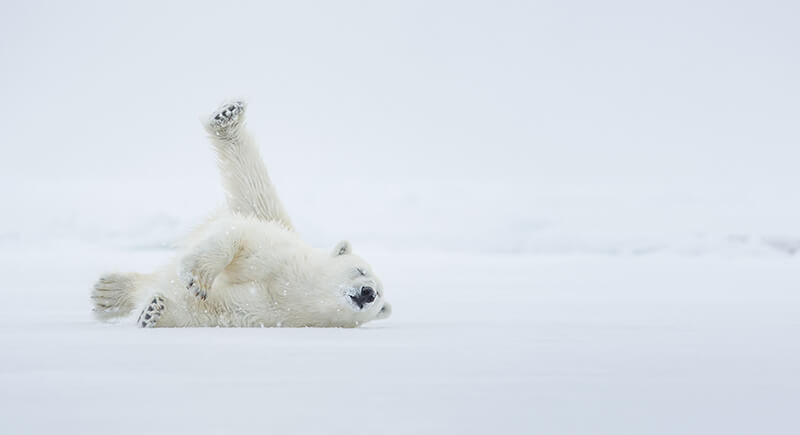
Credit: iStockphoto
Polar bear fur doesn’t freeze thanks to a unique oily mix coating each strand. That grease, rich in fatty acids and cholesterol, repels ice even after an Arctic plunge. Lab tests matched its anti-icing behavior with high-end ski wax, without the chemical baggage.
Invisible To Infrared
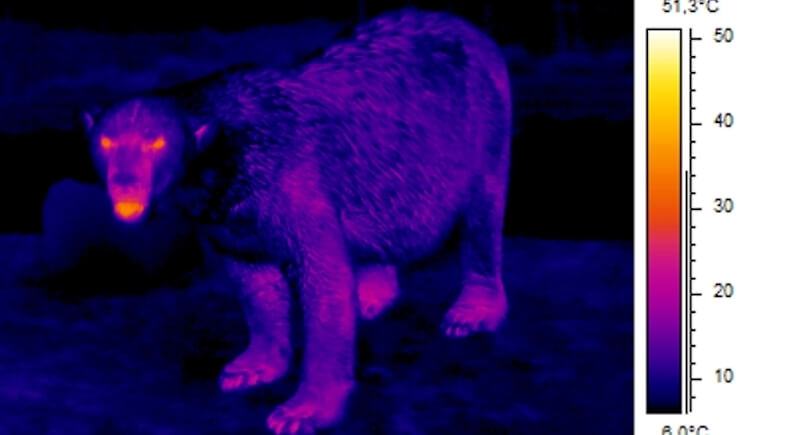
Credit: Reddit
When infrared cameras scan the Arctic, polar bears practically vanish. Their fur and skin maintain the same surface temperature as the ambient air, so no heat signature shows. Researchers are now studying how this natural cloak could improve outdoor gear or service equipment.
They Can Delay Implantation After Mating
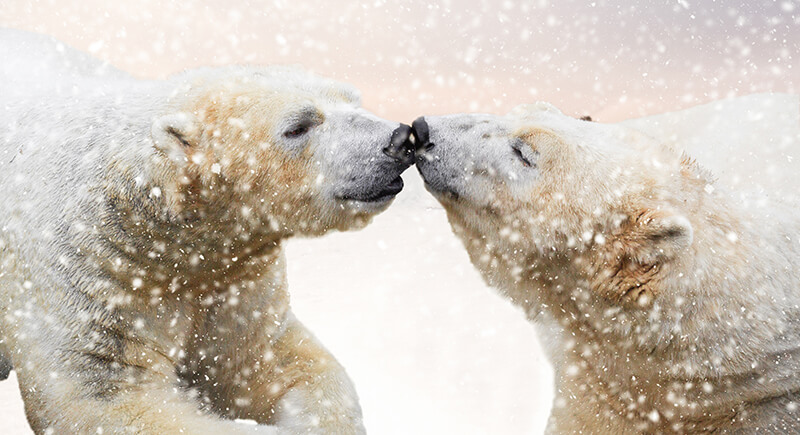
Credit: iStockphoto
Mating happens in spring, but the fertilized egg doesn’t implant right away. Instead, it floats in the uterus for several months—a phenomenon called delayed implantation. The female’s body decides whether she’s healthy and fat enough to carry a pregnancy.
Hollow Hairs, Hidden Warmth
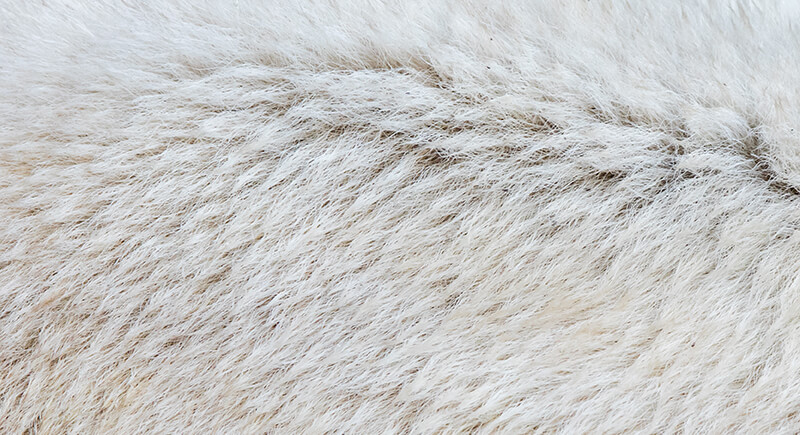
Credit: iStockphoto
Look closely at polar bear fur and you’ll see something unusual: each hair is actually a clear, hollow tube. These hairs trap air for insulation and scatter sunlight, which is why polar bears look white even though their skin underneath is black. This design keeps them warm out on the ice and has even inspired ideas for better insulation in human clothing.
Their Tongues Are Covered in Tiny Spines
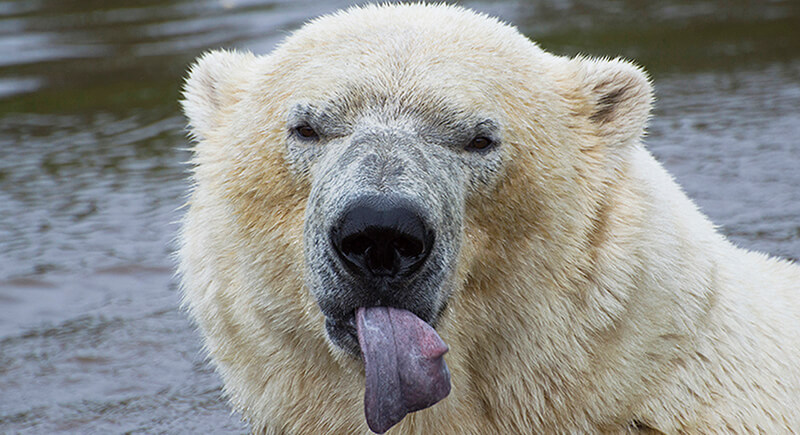
Credit: iStockphoto
Much like a cat’s tongue, a polar bear’s is covered in backward-facing papillae – stiff, hook-like structures. These help grip and shred meat, especially the tough skin and blubber of seals. The tongue’s rough texture may also help clean fur by dragging away frozen debris after meals or swims.
Feet Built For Ice and Water
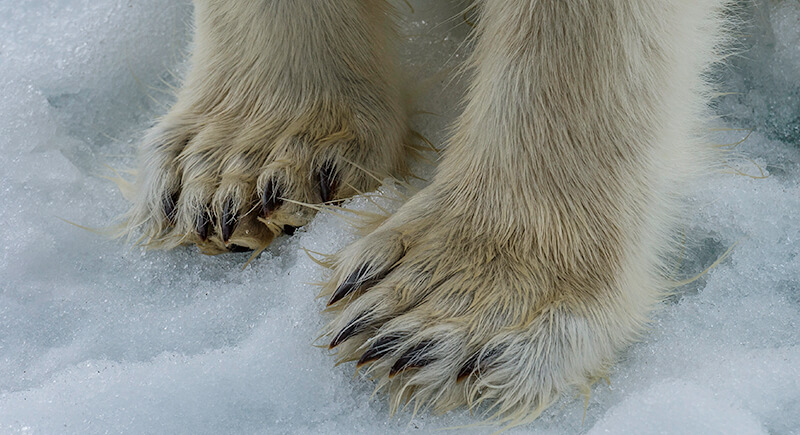
Credit: iStockphoto
Polar bears have massive paws—up to 12 inches across—with fleshy bumps that grip ice. Fur between their toes prevents slipping and keeps them warm. Their front paws act like paddles, and their hind paws steer underwater. That design also makes them powerful swimmers.
Marine Fat Diet
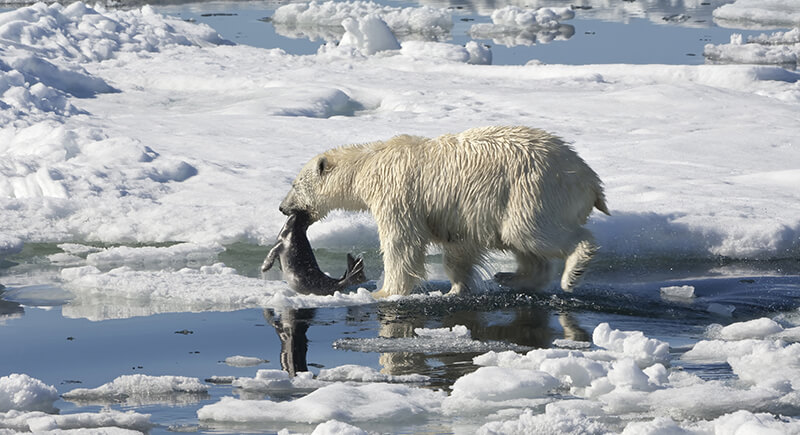
Credit: iStockphoto
Most of a polar bear’s food comes from seal blubber. Their bodies are built to run on fat, not protein or carbs, and they can put away more than 100 pounds in one meal. That fat keeps them going during long stretches when hunting is impossible and the ice is melting away.
Record-Breaking Travelers
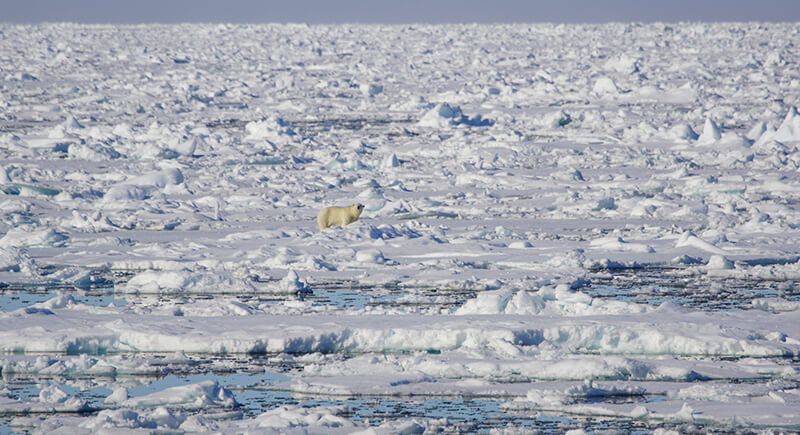
Credit: iStockphoto
Tracking collars have recorded monthly journeys of more than 1,800 miles and home ranges bigger than California. That mobility lets them follow the sea ice and hunt seals. On the move, they conserve energy by pacing slowly, but during hunts, they can sprint up to 25 mph on land.
Cub Survival Equations
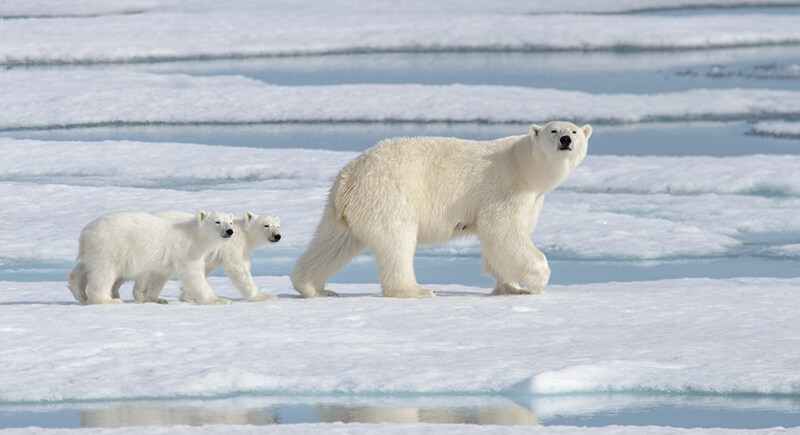
Credit: iStockphoto
Polar bear cubs arrive weighing just one pound, tucked inside snow dens through winter. Their mother’s milk carries a staggering 31% fat content, which is the richest known among land mammals. That richness fuels rapid growth: two-month-old cubs weigh over 25 pounds, ready to brave the ice and learn to swim.
Ice-Scoured Communicators
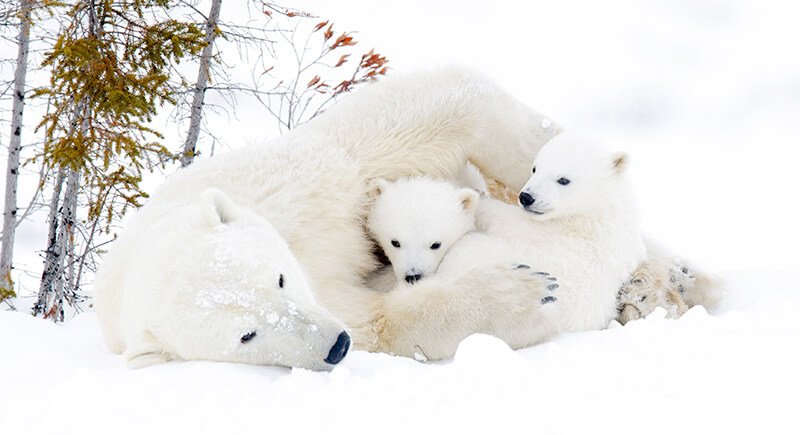
Credit: iStockphoto
Mother and cubs communicate in the vast Arctic silence with small calls and gentle nudges. These interactions help coordinate movements and alert each other to danger. Polar bears don’t howl or roar; their vocal range includes growls and huffs that echo against ice floes.
Sea Ice Reliant Lifestyle
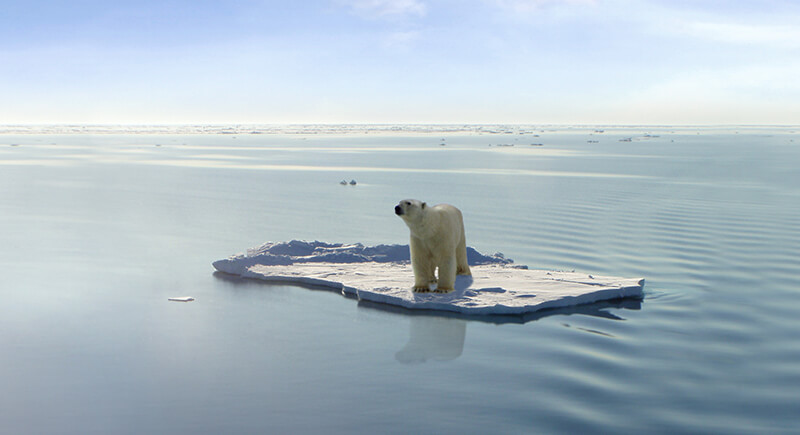
Credit: iStockphoto
Every critical aspect of polar bear life depends on sea ice. It’s their hunting platform, mate-finding zone, and travel highway. As planetary warming shreds ice cover, every melt season forces longer swims or shorter hunts, and that threatens energy reserves essential for survival.
Stealthy Swimmers
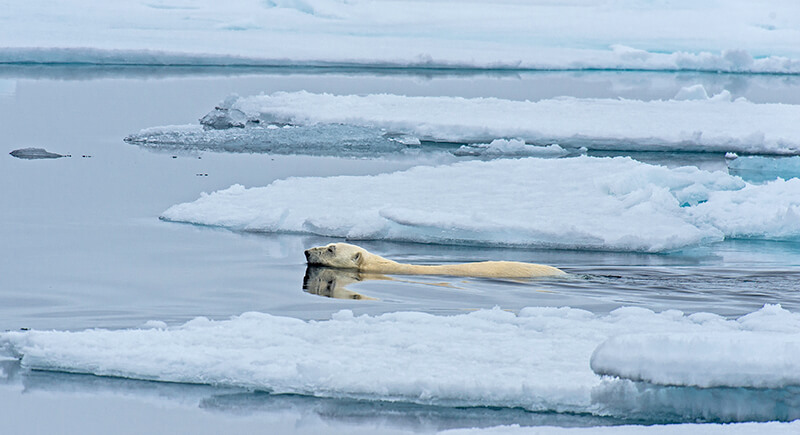
Credit: iStockphoto
Polar bears move through the water without a sound. Their fur sheds water and their bodies cut through the current with barely a ripple, which helps them sneak up on seals. Some have covered more than 60 miles at a stretch, powered by the same slick coat that shrugs off ice and cold.
They Slide on Their Bellies for Stealth
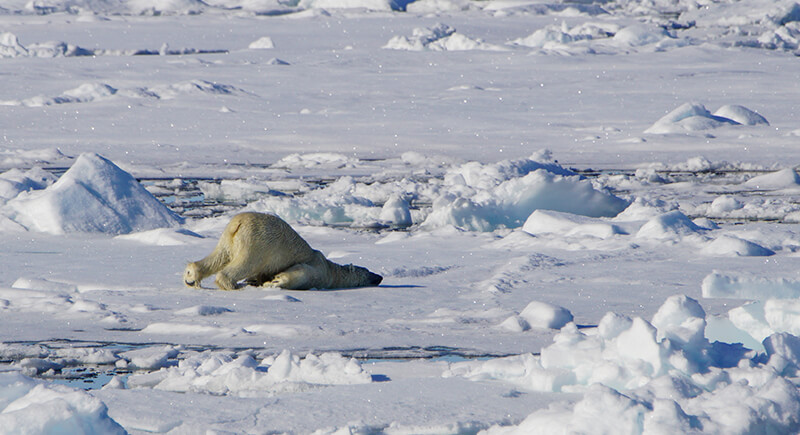
Credit: iStockphoto
Bears may look clumsy, but they’re smart stalkers. When sneaking up on seals, some polar bears slide belly-down across the ice, using their greasy fur and momentum to silently close the gap. That quiet glide helps them cover short distances without breaking the ice or making noise.
Ancient Arctic Records
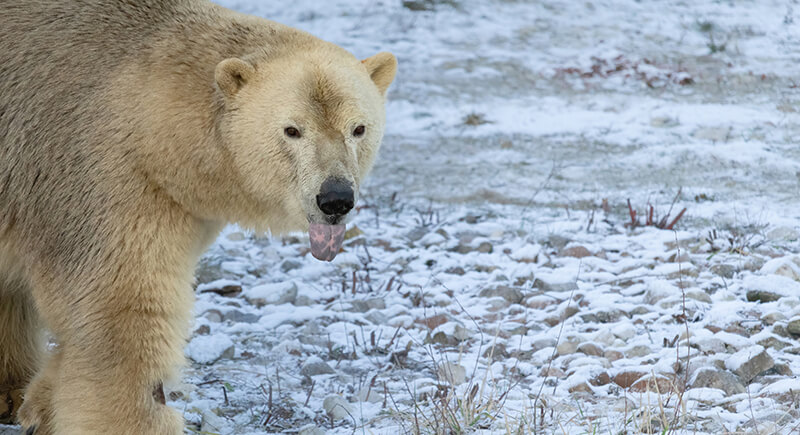
Credit: iStockphoto
Polar bears diverged from brown bears less than half a million years ago. Genetic evidence suggests this was during the Middle Pleistocene, when changing ice sheets prompted a bear to adapt to the cold. That adaptation included denser fur, fat-holding ability, and a shift to seal-based diets.
Some Populations Are Shrinking, Others Are Hanging On
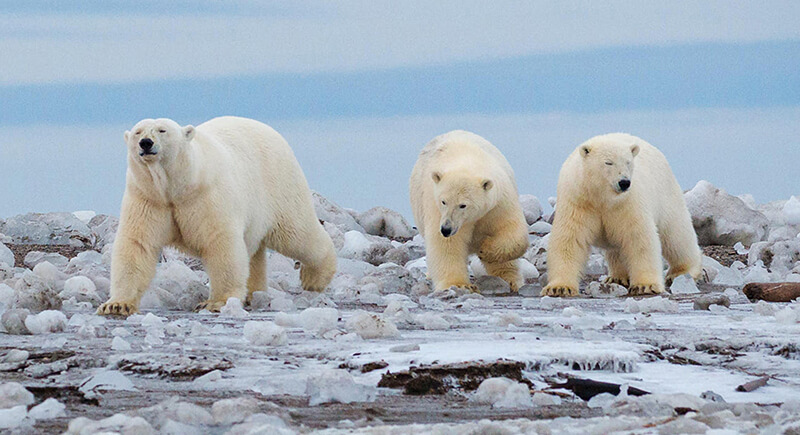
Credit: iStockphoto
While global polar bear numbers are estimated between 22,000 and 31,000, the impact of climate change isn’t uniform. Some subpopulations, like those in western Hudson Bay, are in steep decline. Others, like those in the high Arctic, are currently stable. The differences often come down to ice conditions and hunting grounds.